I was wondering how inside the relaxation oscillator heating is not produced inside the BJT junction causing destruction of the transistor.

simulate this circuit – Schematic created using CircuitLab
and this is what I propose:

I was wondering how inside the relaxation oscillator heating is not produced inside the BJT junction causing destruction of the transistor.

simulate this circuit – Schematic created using CircuitLab
and this is what I propose:

Heating IS produced inside the transistor. You can easily calculate how much (voltage × current, averaged over time), and show that it is well within the transistor's ratings.
You can't substitute a zener diode for the transistor, because it doesn't have the negative resistance characteristic that the transistor has.
The 2N2369 used to be popular for 500 picosecond risetime pulses, in relaxation circuits.
Given the dominant spec on that transistor was the 1.6 GHz Ftau, th precise dopings and thicknesses would vary from vendor to vendor. Back then either Motorola or Fairchild likely would have provided the device.